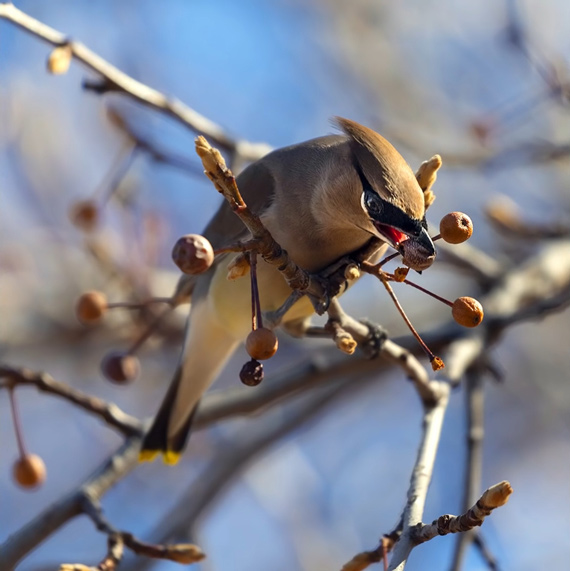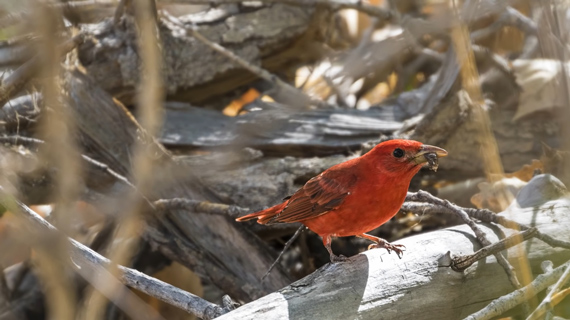Photographing birds is a matter of skill and patience. And when it comes to photographing small birds, things take an even more exciting turn. Smaller birds also differ in behavior and require different photography techniques. Photographer Brent Hall shares some essential tips to help you photograph small birds in the wild:
Know Your Birds
Knowing your subject is essential whenever you’re out in the wild. Being familiar with wild birds will give you an idea of their habitat, behavior, and where you can find them. And knowing where to look for the tiny birds will make your work so much convenient. Hall recommends resources like ebird.org, allaboutbirds.org, Audobon birds (app) to help you identify birds and plan for your bird photography trip.
Camera Settings for Photographing Small Birds
Hall uses the following camera settings to ensure that he gets a sharp and well-exposed image:
Camera mode: Shutter priority or manual. Both of these work well, but when it comes to tiny birds, shutter priority is the way to go.
ISO and exposure compensation: He likes to either set his ISO to auto-ISO or set the exposure compensation to around +1 t0 +2.3 depending on how backlit the bird is.
Shutter speed: Since tiny birds are really active and are constantly moving around, he likes to use a shutter speed of at least 1/500 second.

Focusing Technique
When it comes to larger subjects you can use group focusing to have a larger area of the frame in focus. This helps in tracking the subjects better. But when it comes to photographing tiny birds, that just won’t work.
A better option is to use the center focusing point only as it is the fastest and has a better hit ratio in most cases. You’ll be composing with the bird at the center of the frame, so for composition and aesthetic reasons, you may need to crop the image later to place the bird off-center.

“I pretty much crop almost 100 percent of my floppy bird shots to some degree. Even if it’s just to move them around the frame.”
Other Important Things to Consider
Timing
Most wildlife is active during the early morning and late evening. Plan to shoot during sunrise and sunset.
Dress Code
Pay close attention to the colors that you wear when photographing birds. You don’t want to wear bright colors that are eye-catchy. Instead, go out with comfortable and natural, muted colors.
“Birds definitely recognize colors that stick out of their environment, and if you have that problem then they’re less likely to stick around.”
Movement
Make sure you don’t move too much; you’ll easily scare the small birds away. And even if you need to move, don’t move directly toward the subject. Walk in a zigzag path instead.
“If they think that you’re not approaching them directly, you might have a better chance of them not taking off.”
Have Patience
Wildlife photography is one of the most difficult genres of photography because most people don’t have the patience that it requires. You cannot expect everything to go right instantly. You may even need to go out day after day and wait for hours to get one good shot of a bird. That’s the way it is.
Do you have any other tips and techniques to take better images of small birds? Let us know in the comments.
Go to full article: Small Bird Photography Tips
What are your thoughts on this article? Join the discussion on Facebook
PictureCorrect subscribers can also learn more today with our #1 bestseller: The Photography Tutorial eBook
The post Small Bird Photography Tips appeared first on PictureCorrect.
from PictureCorrect http://bit.ly/2WYzJ6A
via IFTTT






0 kommenttia:
Lähetä kommentti